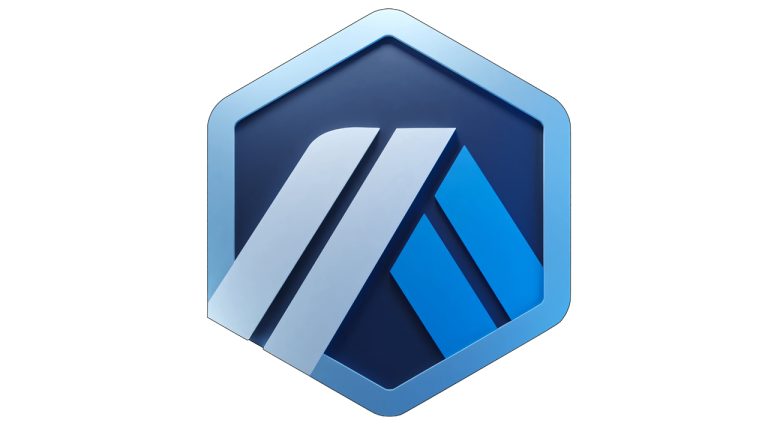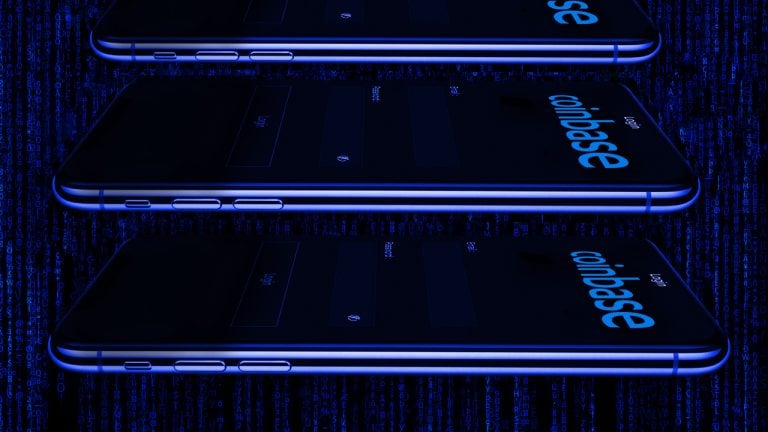
Options on Bitcoin ETFs could speed up adoption among financial advisers, James Seyffart said at Permissionless.
Options on Bitcoin (BTC) exchange-traded funds (ETFs) are likely to launch in the United States by the first quarter of 2025, according to James Seyffart, a Bloomberg Intelligence analyst.
“I think before the end of the year is possible for options, but more likely in Q1 2025,” Seyffart said during an Oct. 9 panel discussion at the Permissionless conference.
In September, the US Securities and Exchange Commission (SEC) authorized Nasdaq to list options tied to BlackRock’s Bitcoin ETF, iShares Bitcoin Trust (IBIT).

Peter Thiel also believes that Bitcoin’s original vision as a cypherpunk, crypto-anarchist, freedom tool hasn’t been fulfilled.
Former PayPal CEO Peter Thiel has raised doubts that Bitcoin’s (BTC) future price can increase “dramatically” from current price levels.
The billionaire — who still owns “some” Bitcoin but not as much as he “should have” — isn’t sure where the next batch of buyers will come from now that Bitcoin has had its “ETF edition.”
“I'm not sure it's going to go up that dramatically from here. We got the ETF edition and I don't know who else buys it,” Thiel, a founder at the Founders Fund told CNBC on June 28.
 After the Ordinal inscription process gained significant traction on the Bitcoin blockchain with more than 800,000 inscriptions to date, a new trend of non-fungible token (NFT) technology has emerged called Bitcoin Stamps. The image-storing technique is a new way of storing images on Bitcoin, and so far, more than 8,000 stamps have been minted. From […]
After the Ordinal inscription process gained significant traction on the Bitcoin blockchain with more than 800,000 inscriptions to date, a new trend of non-fungible token (NFT) technology has emerged called Bitcoin Stamps. The image-storing technique is a new way of storing images on Bitcoin, and so far, more than 8,000 stamps have been minted. From […] A week ago, the Ethereum layer two scaling solution Arbitrum announced the launch of its native token called ARB, and since then IOU markets have launched giving some indication of how much the token may be worth. ARB claiming begins March 23 and when people get their coins on exchanges, the token’s value may turn […]
A week ago, the Ethereum layer two scaling solution Arbitrum announced the launch of its native token called ARB, and since then IOU markets have launched giving some indication of how much the token may be worth. ARB claiming begins March 23 and when people get their coins on exchanges, the token’s value may turn […] The Ethereum layer two (L2) scaling solution Arbitrum has launched a native governance token named ARB and a self-executing decentralized autonomous organization (DAO) governance model. The ARB token will have an initial supply of 10 billion, and coins will be airdropped to the Arbitrum DAO treasury, Offchain Labs (the company behind Arbitrum), Offchain Labs investors, […]
The Ethereum layer two (L2) scaling solution Arbitrum has launched a native governance token named ARB and a self-executing decentralized autonomous organization (DAO) governance model. The ARB token will have an initial supply of 10 billion, and coins will be airdropped to the Arbitrum DAO treasury, Offchain Labs (the company behind Arbitrum), Offchain Labs investors, […] The cryptocurrency exchange Coinbase has announced the deployment of Base, an Ethereum layer two (L2) scaling network, after developers launched the Base testnet on Thursday. The company said it is incubating Base within Coinbase and that the L2 chain will progressively decentralize over time. Coinbase L2 Scaling Platform Aims to Help Scale the Crypto Economy […]
The cryptocurrency exchange Coinbase has announced the deployment of Base, an Ethereum layer two (L2) scaling network, after developers launched the Base testnet on Thursday. The company said it is incubating Base within Coinbase and that the L2 chain will progressively decentralize over time. Coinbase L2 Scaling Platform Aims to Help Scale the Crypto Economy […] Bitcoin was once viewed as a means to opt out of violent, legacy financial systems. Now, it is being co-opted by the very same, and zealous newcomers to crypto think that’s a good thing, while still giving lip service to peer-to-peer values. Ignoring the problems with fiat money, they beg political interests and bad actors […]
Bitcoin was once viewed as a means to opt out of violent, legacy financial systems. Now, it is being co-opted by the very same, and zealous newcomers to crypto think that’s a good thing, while still giving lip service to peer-to-peer values. Ignoring the problems with fiat money, they beg political interests and bad actors […] Since people are once again talking about self-custody as one of crypto’s unique strengths, I would like to remind everyone about an equally important fundamental value proposition of crypto that, in the early days, was touted as the killer feature. I’m talking about censorship resistance. The following opinion editorial was written by Bitcoin.com CEO Dennis […]
Since people are once again talking about self-custody as one of crypto’s unique strengths, I would like to remind everyone about an equally important fundamental value proposition of crypto that, in the early days, was touted as the killer feature. I’m talking about censorship resistance. The following opinion editorial was written by Bitcoin.com CEO Dennis […] Human rights defenders from 20 countries have insisted that bitcoin “provides financial inclusion and empowerment because it is open and permissionless.” Together with stablecoins, the cryptocurrency offers “unparalleled access to the global economy” for people from countries whose currencies have either collapsed or are cut off from the rest of the world. Bitcoin as a […]
Human rights defenders from 20 countries have insisted that bitcoin “provides financial inclusion and empowerment because it is open and permissionless.” Together with stablecoins, the cryptocurrency offers “unparalleled access to the global economy” for people from countries whose currencies have either collapsed or are cut off from the rest of the world. Bitcoin as a […] According to the project’s official Twitter account, Tornado Cash, the ethereum mixing service that allows participants to shuffle ether, is blocking flagged ethereum addresses listed on the Office of Foreign Assets Control’s (OFAC) Specially Designated Nationals And Blocked Persons list (SDN). The decision follows the recent OFAC update, that lists the Ronin exploiter’s ethereum address, […]
According to the project’s official Twitter account, Tornado Cash, the ethereum mixing service that allows participants to shuffle ether, is blocking flagged ethereum addresses listed on the Office of Foreign Assets Control’s (OFAC) Specially Designated Nationals And Blocked Persons list (SDN). The decision follows the recent OFAC update, that lists the Ronin exploiter’s ethereum address, […]